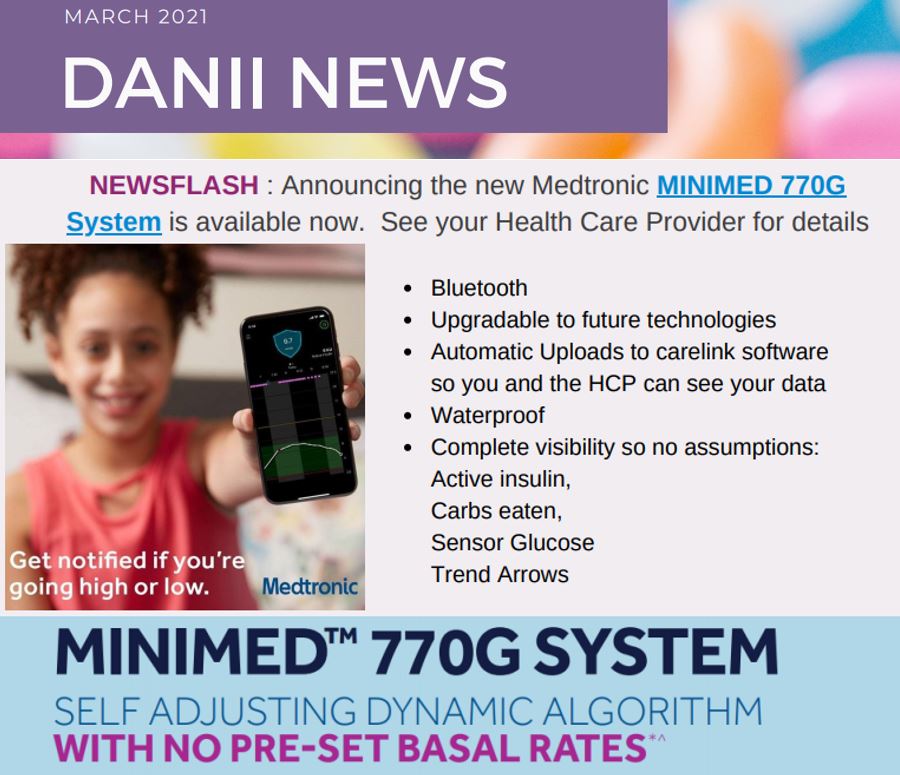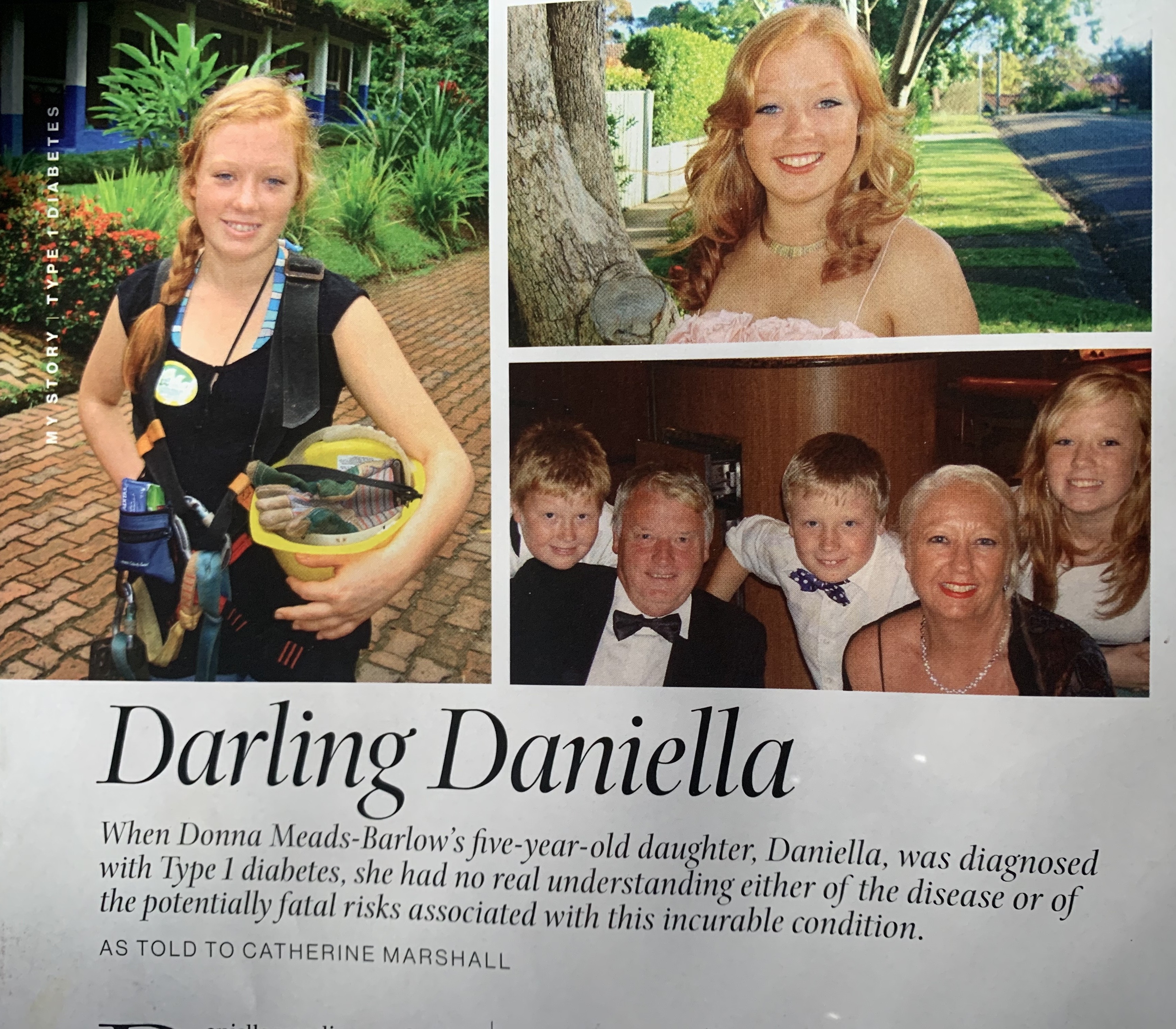Dear DANII FriendsTODAY we finally deliver #DANIIsGift!!! #CGM4ALL DANII Foundation is delighted to announce “officially”…

12th April 2017 CGMs and type 1 diabetes: national roadshow
Patients’ sweet diabetes boost
Macleay diabetes patients Ebony, Jacob, Harriet, Flynn, Jack and Connor hold their new continuous glucose monitoring units earlier this year.
President of the Macleay Valley Coast Diabetes Group, Scott Welsh, has welcomed news that continuous glucose monitoring devices are now available free for eligible children and people under the age of 21 years with type one diabetes.
“It makes it affordable, without it, a lot of people wouldn’t be able to afford it,” Mr Welsh said.
The continuous glucose monitoring devices monitor the wearer’s blood glucose levels continuously and send updates every five minutes, removing the need to check their levels multiple finger-pricking throughout the day.
The technology helps prevent “dead in bed syndrome”, a term used to describe the sudden unexplained deaths of young people with type 1 diabetes.
“It provides piece of mine for everyone,” Mr Welsh said.
He hopes the benefit will now be extended to include adults diagnosed with the condition.
Mr Welsh will be among the speakers at a Coffs Harbour information session, hosted by the DANII Foundation, aimed at providing information and gauging the interest of adult patients in the continuous glucose monitering devices.
The DANII Foundation, founded by the parents of 17-year-old Daniella Meads Barlow who died at the age of 17 as a result Dead in Bed Syndrome, is conducting a national roadshow in venues across Australia to ensure the Type 1 community have all the information they need on the government-subsidised scheme.
The foundation invites parents, carers and type 1 diabetics together with T1D support family, health care professionals, pharmacist staff and teachers to the sessions.
The Coffs Harbour showing will be held on Tuesday, May 2 from 5:30pm –7:30pm at C.ex Coffs on 1 Vernon Street.
People from across the Mid North Coast are invited to attend.
Type 1 diabetes is an autoimmune disease that attacks a person’s ability to produce insulin.
Children and young people with the disease have to monitor their glucose levels around the clock.



